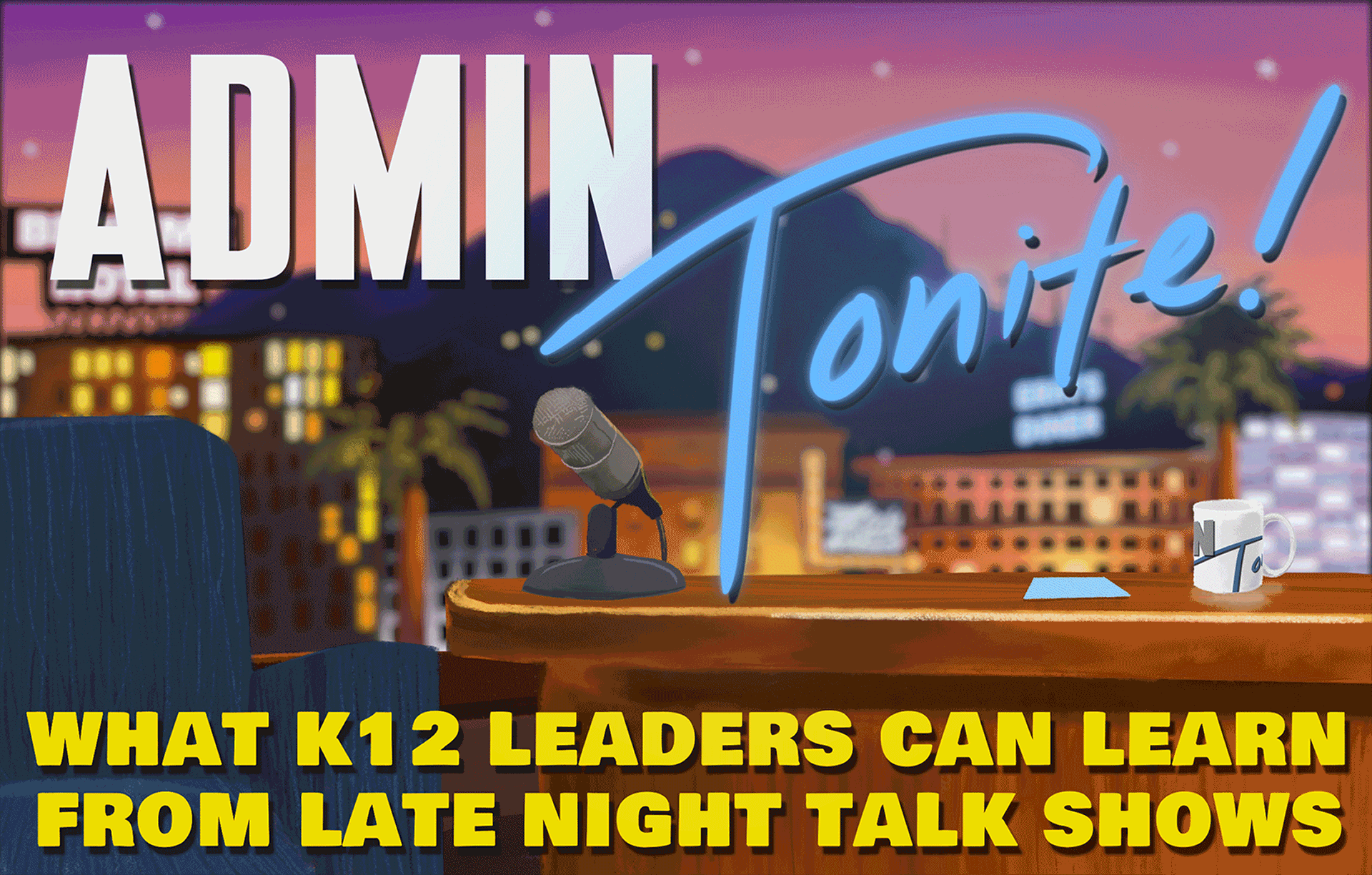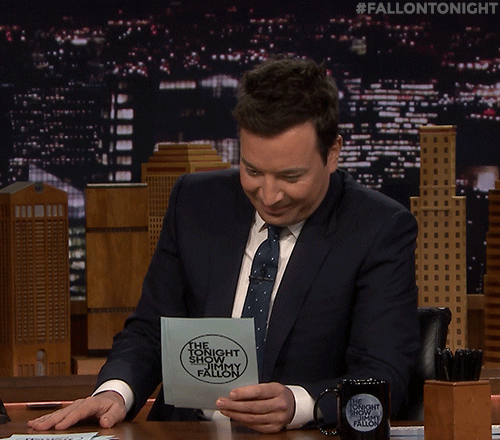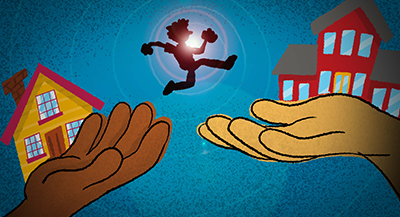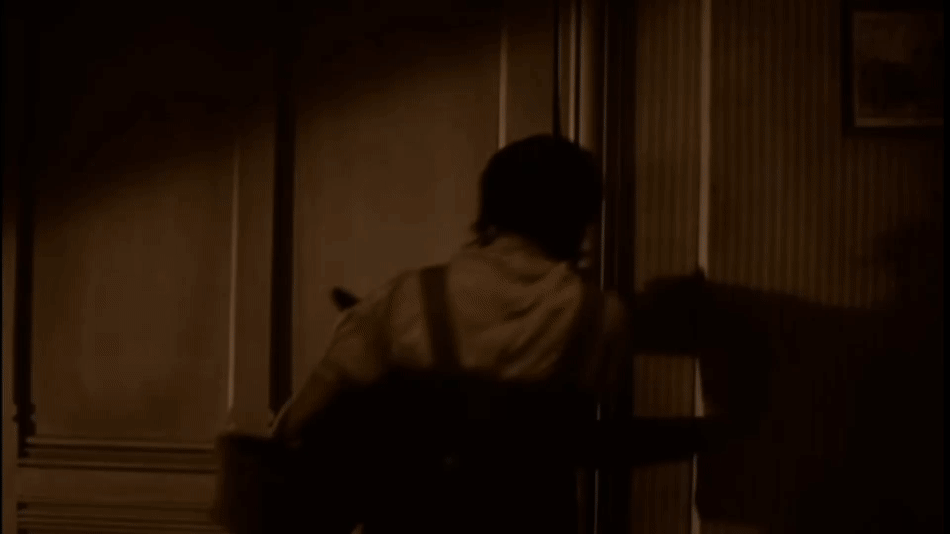
The late-night talk show has been a staple in American TV for 66 years, and it's thriving.
Hosts come and go. Occasionally a celebrity guest says something truly off-the-wall. But anyone who is up late looking for some light-hearted entertainment can rely on a tried-and-true television favorite.
Pop some popcorn, prop your feet up, and tune in.


Teamwork
The host may get a name in lights, but the team behind the scenes deserves credit, too. Each show would be impossible to produce without writers, set designers, crew, celebrity guests, house bands, and all the other brilliant folks behind the scenes. Communication is the strongest asset leaders have for keeping their teams in sync, whether you’re the host of a late-night show or running a school.Sound familiar? It’s the same concept in schools! K12 leaders can’t do it all—that’s why they need to build the strongest teams possible. Their teams include principals, teachers, and staff, but also students, parents, and the community.


Flexibility and improvisation
Most episodes run approximately the same way: the host delivers a monologue, interviews a celebrity guest, and there are breaks for musical numbers and other sketch entertainment as needed. But even when most of the day runs on routine, seasoned hosts and K12 leaders are forever poised to improvise.This moment in history, the nation is fixated on K12 leaders and the decisions they’re making for their districts and students. There is no playbook. There are no precedents. There are only the well-intentioned decisions of leaders and educators. Their current high-stakes improvisation exists in a league of its own, light-years away from late night entertainment.


Blue card plan
In late night television, the “blue card” represents a loose set of guidelines that structure the show or episode. A bright white printout under harsh lighting makes it difficult for cameras to capture accurate colors, especially flesh tones. While the best moments in late night tend to happen outside of the plan, the blue card provides a set of expectations to work from.School culture is similar: a set of rules, axioms, and feelings that guide behavior and responses from everyone in the district. A strong, reliable school culture provides a foundation for students and staff to grow and improvise themselves. K12 leaders can use leadership to shape their culture. The best leaders solicit feedback from all levels of their district community to inform their “blue card” of school culture—reminiscent of the many voices it takes to produce quality late-night programming.


Multiple audiences
The trick to engagement in late night is to juggle multiple audiences and their needs effortlessly. Hosts are simultaneously speaking to their own team, their guests, a live audience, and those tuning in at home in TV land. It takes a special kind of extroversion superpower not to cower at the thought, let alone the practice of pulling this off every weeknight.Top administrators are no strangers to this balancing act. While their communication isn’t always broadcast to an audience of millions (although in the largest districts it might come close), K12 leaders speak to several audiences at once, each with different priorities and levels of involvement. They might make decisions that affect teachers and staff, students, parents, and the community at large. They must also share and explain their decisions, which are hardly ever universally popular.
It’s true that many big decisions are delivered by a superintendent, but tailoring the message to engage each of their audiences is a group effort. Communication professionals take extra time and effort to ensure everyone can listen and understand.


The core takeaway
Teamwork really does make the dream of television work, and it’s no different in K12 schools. A reliable team, strong culture, good communication, and room for improv keeps a school district running for decades.A familiar blend of routine and surprises keeps 'em coming.
Follow-up resource: Subscribe for more
Enter your email in the footer below to receive our monthly newsletter.WHAT'S NEXT FOR YOUR EDTECH? The right combo of tools & support retains staff and serves students better. We'd love to help. Visit skyward.com/get-started to learn more.

|
Erin Werra Blogger, Researcher, and Edvocate |
Erin Werra is a content writer and strategist at Skyward’s Advancing K12 blog. Her writing about K12 edtech, data, security, social-emotional learning, and leadership has appeared in THE Journal, District Administration, eSchool News, and more. She enjoys puzzling over details to make K12 edtech info accessible for all. Outside of edtech, she’s waxing poetic about motherhood, personality traits, and self-growth.




